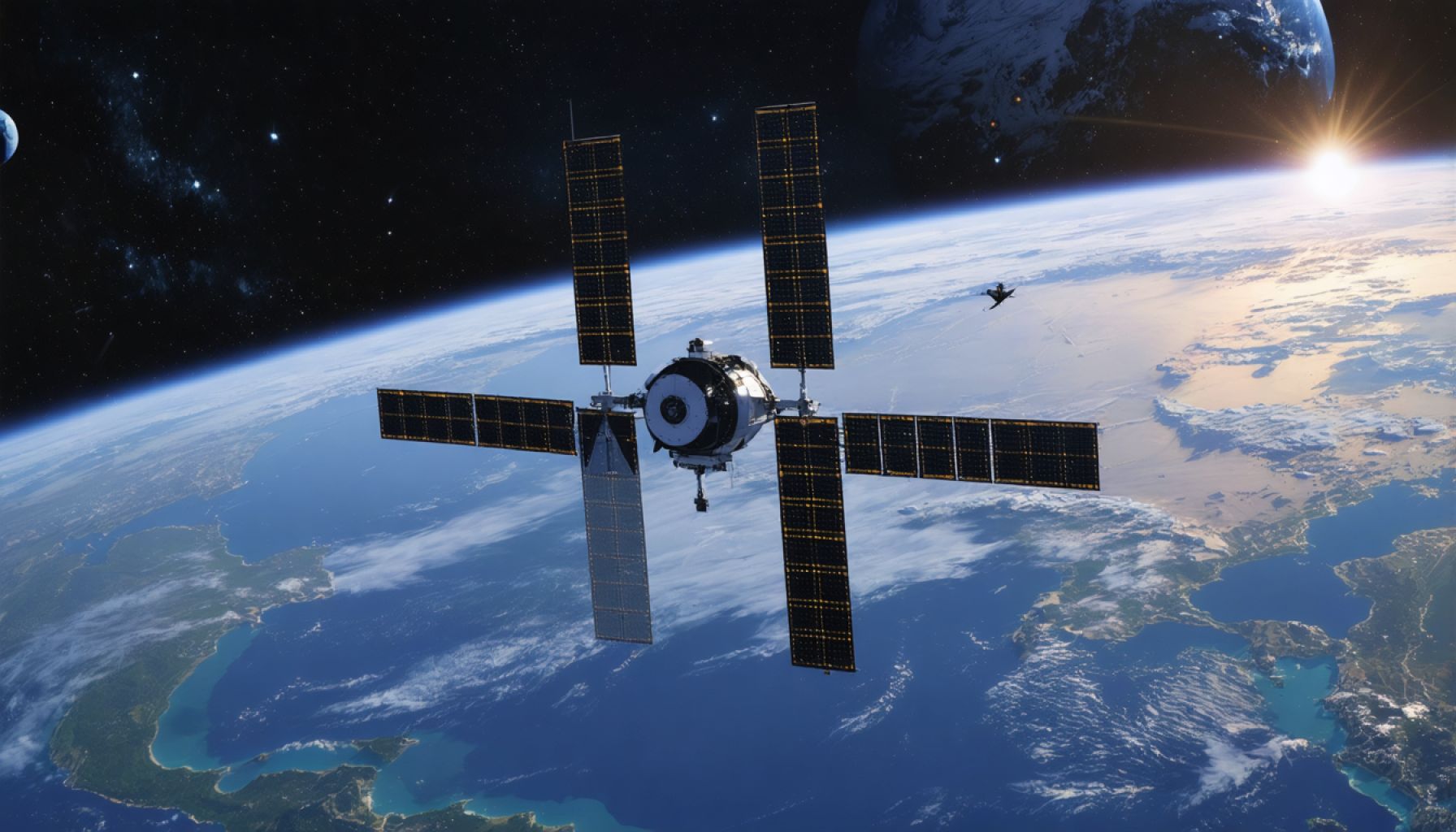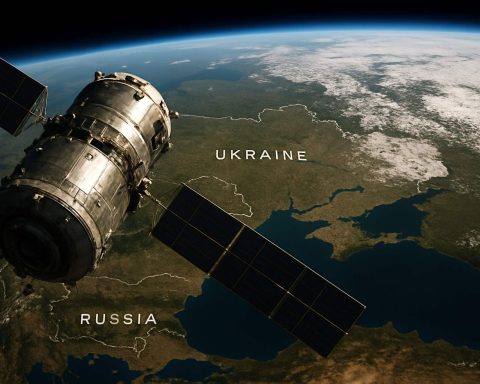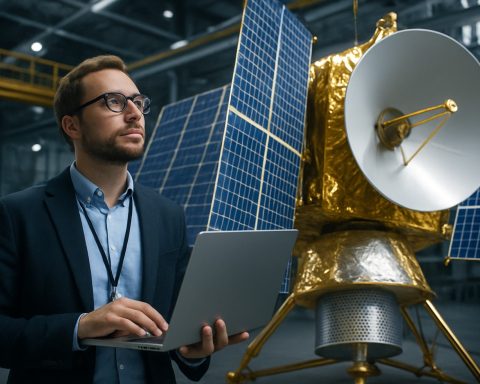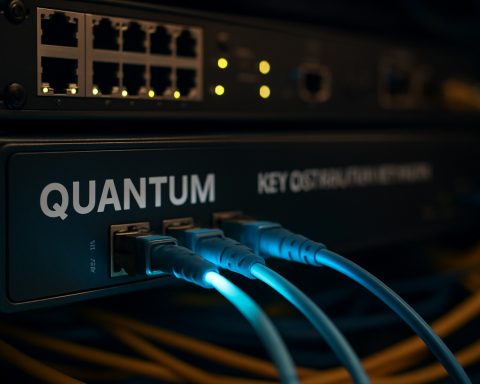- SpaceX is set to launch a Falcon 9 rocket carrying 21 Starlink satellites with a targeted April 11 liftoff from NASA’s Kennedy Space Center.
- The mission aims to enhance global internet access, featuring 13 satellites with Direct to Cell capabilities for improved remote communication.
- This launch marks the Falcon 9 rocket’s tenth flight, showcasing its reliability with past missions, including Crew-8 and Polaris Dawn.
- The first stage of the Falcon 9 will land on the A Shortfall of Gravitas droneship post-launch.
- The mission’s core objective is providing internet to remote regions, helping bridge the digital divide worldwide.
- SpaceX continues to work towards a future of universal connectivity, enabling global communication and participation.
A streak of light will soon pierce the predawn Florida sky as SpaceX prepares to launch a constellation of possibilities into the heavens. This mission, a Falcon 9 rocket laden with 21 Starlink satellites, stands as a testament to SpaceX’s audacious vision—universal internet accessibility.
Nestled in the Starlink payload are 13 satellites equipped with Direct to Cell capabilities, an innovative leap that transforms remote communication. The targeted 1:24 a.m. ET liftoff on April 11 from the iconic Launch Complex 39A at NASA’s Kennedy Space Center marks another milestone in narrowing the digital divide. These satellites will orbit the Earth, promising seamless connectivity to even the most isolated reaches of the planet.
The Falcon 9 rocket undertaking this mission has an impressive history, this being its tenth flight. It previously propelled a variety of missions, including Crew-8 and Polaris Dawn, into the great beyond. After fulfilling its task, the heroic first stage will return, descending gracefully onto the A Shortfall of Gravitas droneship stationed in the Atlantic Ocean.
Yet, the heart of this mission beats strongest in its ultimate goal—delivering internet access to remote communities, such as those nestled in Rwanda’s rolling hills. By casting a net of connectivity over the globe, SpaceX architects a future where barriers dissolve, and all voices can engage in the world’s conversations.
As the countdown commences, anticipation builds for the thousands waiting to witness this celestial performance via live stream on SpaceX’s platforms. With a visionary boost, SpaceX propels humanity towards a universe where digital isolation is a relic of the past, striving for an empowered, universally connected world.
How SpaceX’s Starlink Revolutionizes Global Internet Access
Introduction
SpaceX’s recent launch of a Falcon 9 rocket from Kennedy Space Center is a pivotal development in global internet connectivity. This mission, carrying 21 innovative Starlink satellites with 13 boasting Direct to Cell capabilities, propels us closer to a world of universal internet access. Here’s an in-depth look at what this launch means, the technology behind it, and the broader implications for connectivity worldwide.
Exploring Direct to Cell Technology
What Is Direct to Cell?
Direct to Cell technology enables satellites to communicate directly with mobile phones without the need for cell towers. This means that remote areas, traditionally cut off from cellular networks, can now gain access to internet services.
Key Benefits:
– Seamless Connectivity: Provides internet access to remote and underserved regions.
– Disaster Response: Supports communication during natural disasters when traditional networks might fail.
– Cost Reduction: Eliminates the need for extensive infrastructure, reducing costs in challenging terrains.
How-To Steps & Life Hacks
How to Access Starlink’s Internet:
1. Check Availability: Visit the Starlink website to see if service is available in your area.
2. Order a Starlink Kit: Purchase the necessary hardware, including a satellite dish and router.
3. Install Equipment: Set up the Starlink dish with a clear view of the sky, ideally using the Starlink app for guidance.
4. Connect and Configure: Once connected, configure the network through the Starlink app to begin browsing.
Real-World Use Cases
– Rural Education: Enables virtual learning in remote areas, closing the educational gap.
– Telemedicine: Facilitates remote healthcare consultations in isolated regions.
– Agriculture: Supports IoT applications in farming, enhancing productivity and monitoring.
Market Forecasts & Industry Trends
The satellite internet market is projected to reach $16.8 billion by 2026, a clear indicator of growing demand for global connectivity solutions. Initiatives like Starlink are set to dominate this expansion due to their innovative approaches to bridging the digital divide.
Reviews & Comparisons
While Starlink stands out for its global reach, competitors include OneWeb and Amazon’s Project Kuiper. Each offers unique advantages but faces challenges regarding extensive network coverage and user base.
Controversies & Limitations
Potential Drawbacks:
– Space Debris: Concerns about satellite congestion in orbit.
– Interference: Possible signal interference with astronomical research.
Features, Specs & Pricing
– Satellite Specifications: 260kg per satellite with advanced phased array antennas.
– Pricing: Currently around $599 for hardware with a $110 monthly service fee, subject to change as the technology evolves.
Security & Sustainability
SpaceX emphasizes secure data transmission, but consumers are advised to maintain regular cybersecurity measures. Efforts to mitigate environmental impacts, like satellite reflectivity reduction, are underway.
Pros & Cons Overview
Pros:
– Expands global internet access
– Enhances disaster response capabilities
– Supports digital equity and economic opportunities
Cons:
– Upfront cost can be prohibitive
– Service is still expanding and may have initial limitations
Conclusion: Quick Tips for Maximizing Starlink Connectivity
1. Ensure Optimal Dish Placement: Clear any obstructions for an unimpeded satellite connection.
2. Use Starlink App for Updates: Stay informed of network updates and optimizations.
3. Engage in Community Support: Join online Starlink communities for troubleshooting and advice.
For more information on SpaceX and their plans, visit the official SpaceX website. By addressing key questions and offering actionable strategies, this insight into SpaceX’s mission not only highlights their innovative advancements but also provides practical applications for potential users worldwide.











